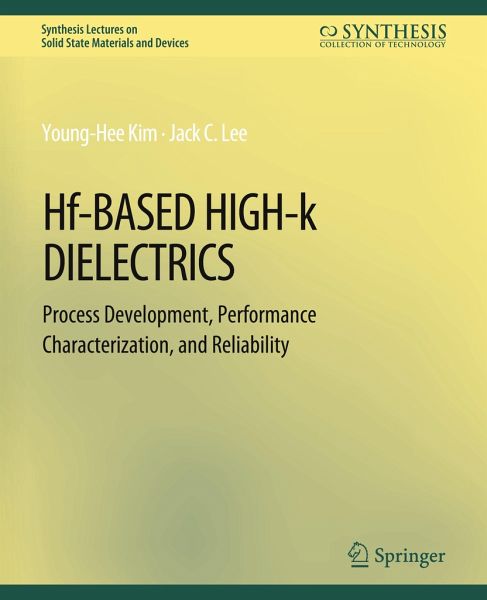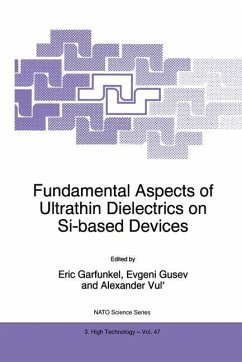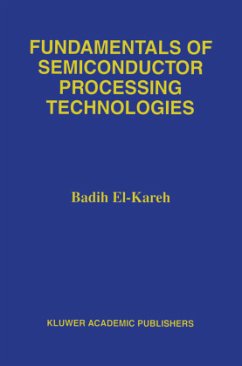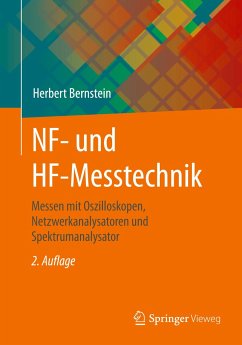
Hf-Based High-k Dielectrics
Process Development, Performance Characterization, and Reliability

PAYBACK Punkte
0 °P sammeln!
In this work, the reliability of HfO2 (hafnium oxide) with poly gate and dual metal gate electrode (Ru-Ta alloy, Ru) was investigated. Hard breakdown and soft breakdown, particularly the Weibull slopes, were studied under constant voltage stress. Dynamic stressing has also been used. It was found that the combination of trapping and detrapping contributed to the enhancement of the projected lifetime. The results from the polarity dependence studies showed that the substrate injection exhibited a shorter projected lifetime and worse soft breakdown behavior, compared to the gate injection. The o...
In this work, the reliability of HfO2 (hafnium oxide) with poly gate and dual metal gate electrode (Ru-Ta alloy, Ru) was investigated. Hard breakdown and soft breakdown, particularly the Weibull slopes, were studied under constant voltage stress. Dynamic stressing has also been used. It was found that the combination of trapping and detrapping contributed to the enhancement of the projected lifetime. The results from the polarity dependence studies showed that the substrate injection exhibited a shorter projected lifetime and worse soft breakdown behavior, compared to the gate injection. The origin of soft breakdown (first breakdown) was studied and the results suggested that the soft breakdown may be due to one layer breakdown in the bilayer structure (HfO2/SiO2: 4 nm/4 nm). Low Weibull slope was in part attributed to the lower barrier height of HfO2 at the interface layer. Interface layer optimization was conducted in terms of mobility, swing, and short channel effect using deep submicron MOSFET devices.












